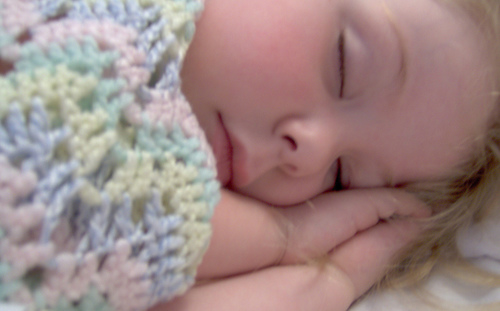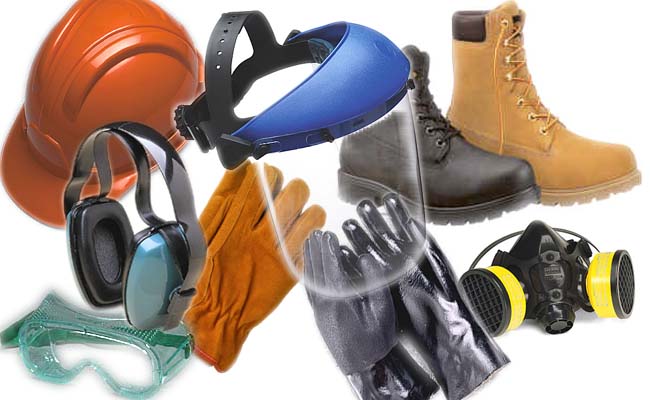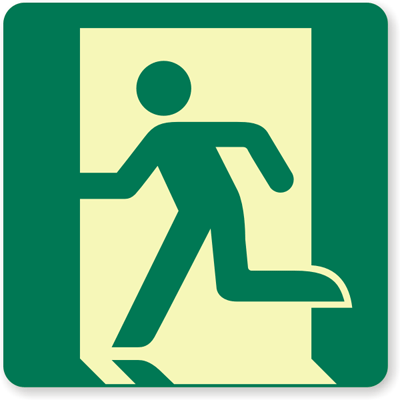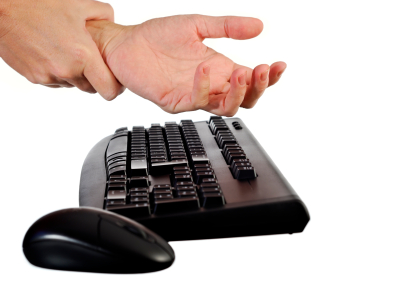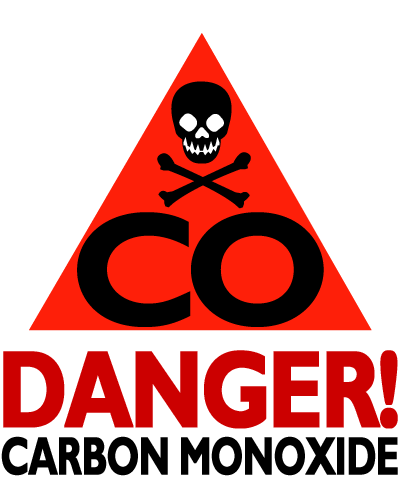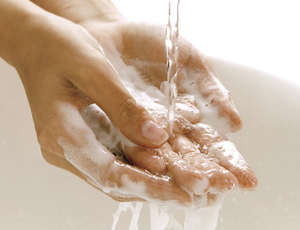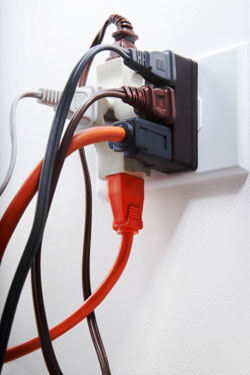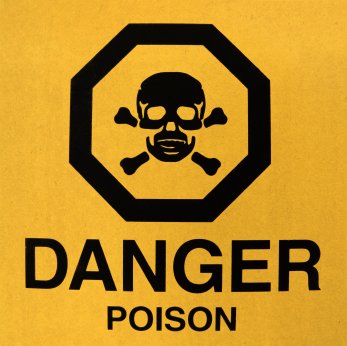 About 90% of poison exposures happen at home, making it the second leading cause of accidental death in the home.
About 90% of poison exposures happen at home, making it the second leading cause of accidental death in the home.
Nonfatal poisonings are most common among children under 5 years old. The most common causes of these poisonings are:
- Cleaning and household products
- Personal care and beauty products
- Medicines (especially dangerous are those with iron)
- Vitamins
- Plants
- Lead and carbon monoxide
Try these strategies:
- Know your poisons. It would be easier if every bottle that contained poison was marked with a skull and crossbones, as they are in cartoons. Poisons come in many forms: cosmetics, garden products such as fertilizer, furniture polish, dishwasher detergent, and carbon monoxide from burning fuel.
- Buy wisely. Purchase products with child safety lids, whenever you can.
- Store safely. Put any product with a warning label up high and in a locked cabinet. Don’t keep medicines in your purse, pockets, or drawers. Keep products in their original containers. Do not use food containers for storage.
- Watch your children. According to the American Academy of Pediatrics, most child poisonings occur when parents are cooking dinner or not watching their children closely for other reasons.
- Follow directions on chemical products. Open a window when you are using them. Never mix household cleaning products together — bleach and ammonia mixed together create a toxic gas, for example.
- Keep carbon monoxide outside. Have heaters, stoves, and fireplaces checked by a professional every year. Carbon monoxide can also enter the house through an adjoining garage. Never run an engine or car motor or use a barbecue in a garage.
- Stay on top of medicines. Follow directions and measure carefully, keep track of when medicines are taken, and put them away right after use. Get rid of expired medicine by crushing or dissolving medications and adding them to old coffee grounds, then place them in a sealed plastic bag in the garbage can. Don’t flush them down the toilet unless the instructions say to do so. Monitor use of medicines prescribed for teens.
Post the poison control telephone number. Have it near every phone and store it in your cell phone: (800) 222-1222.


